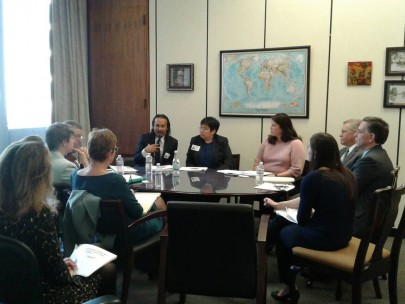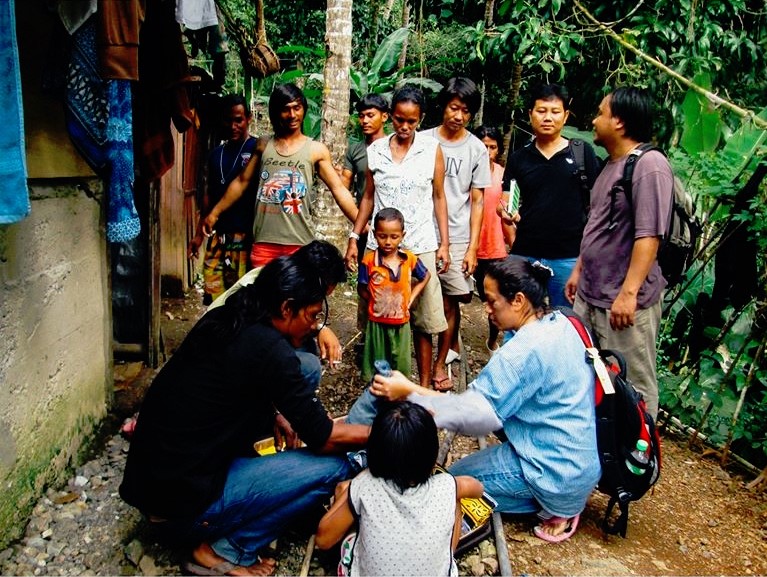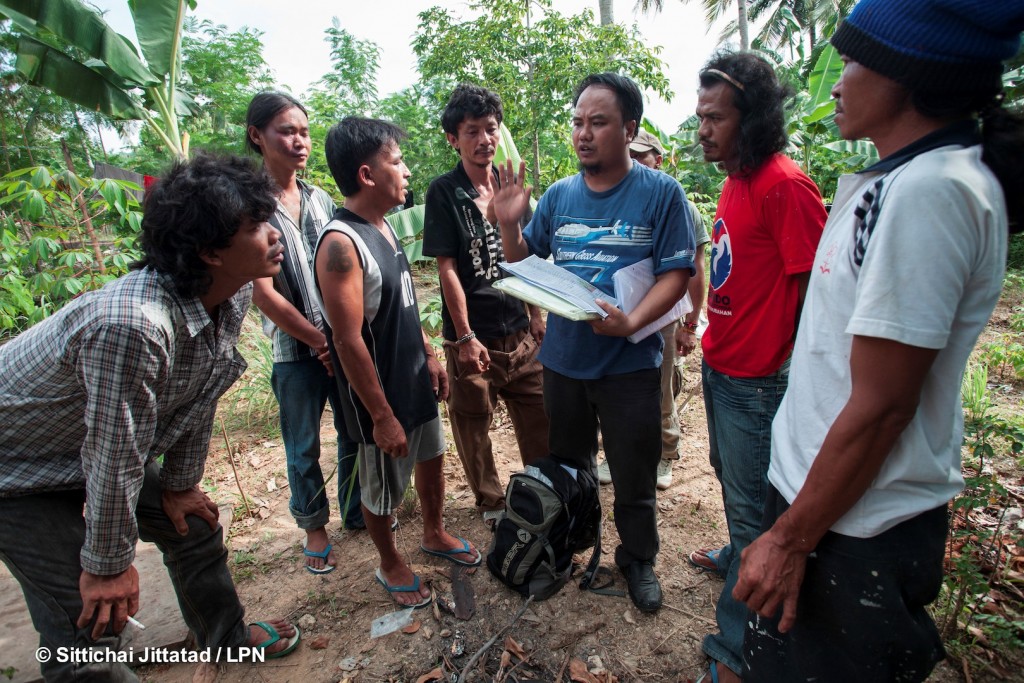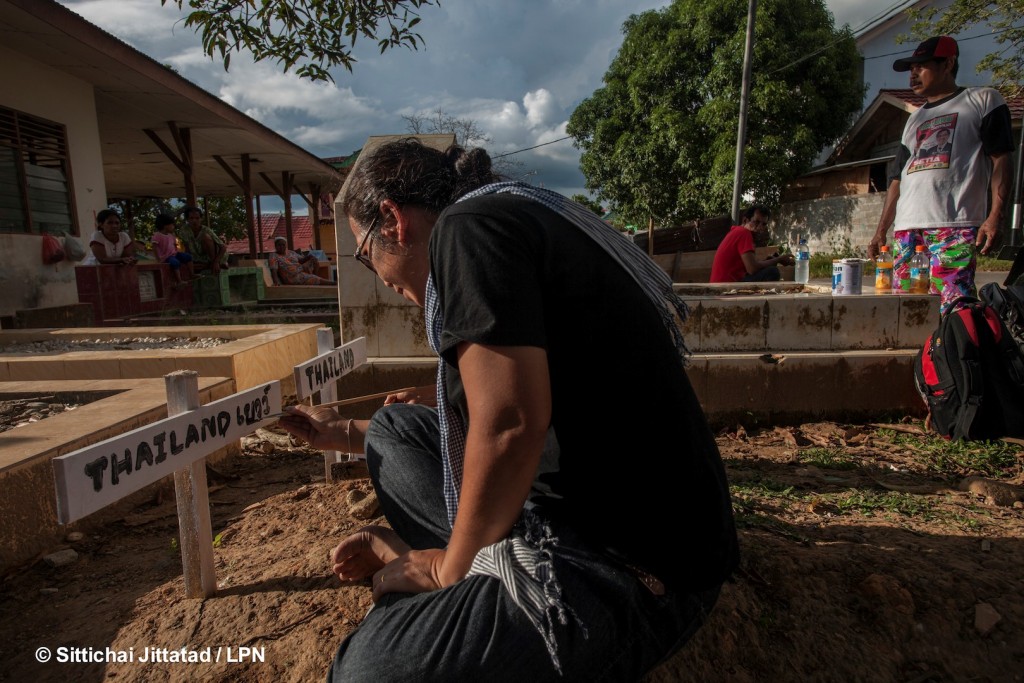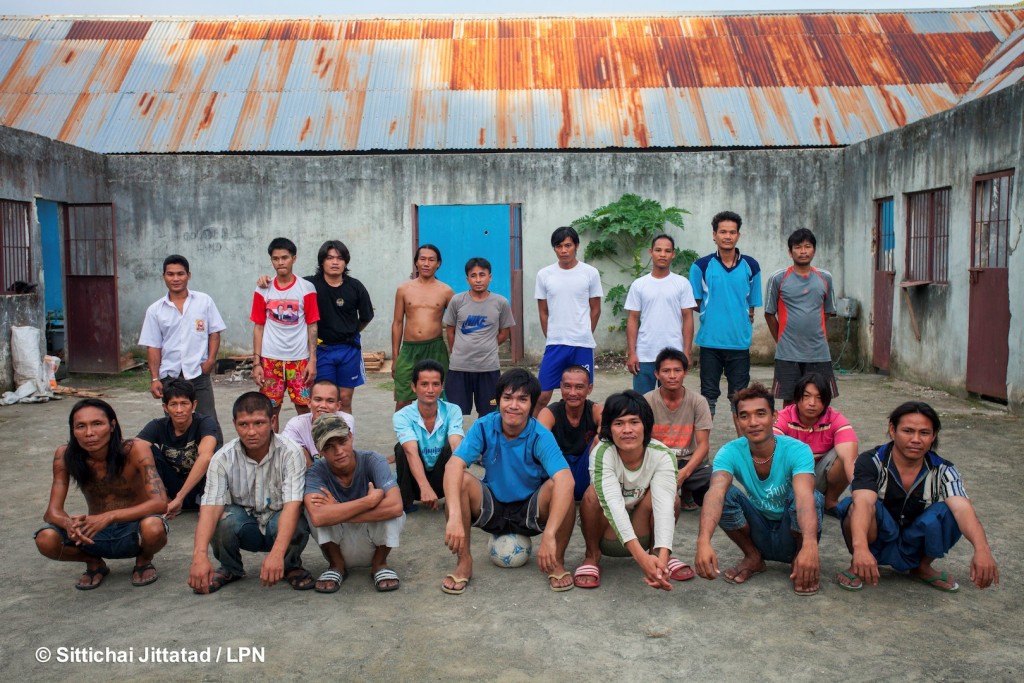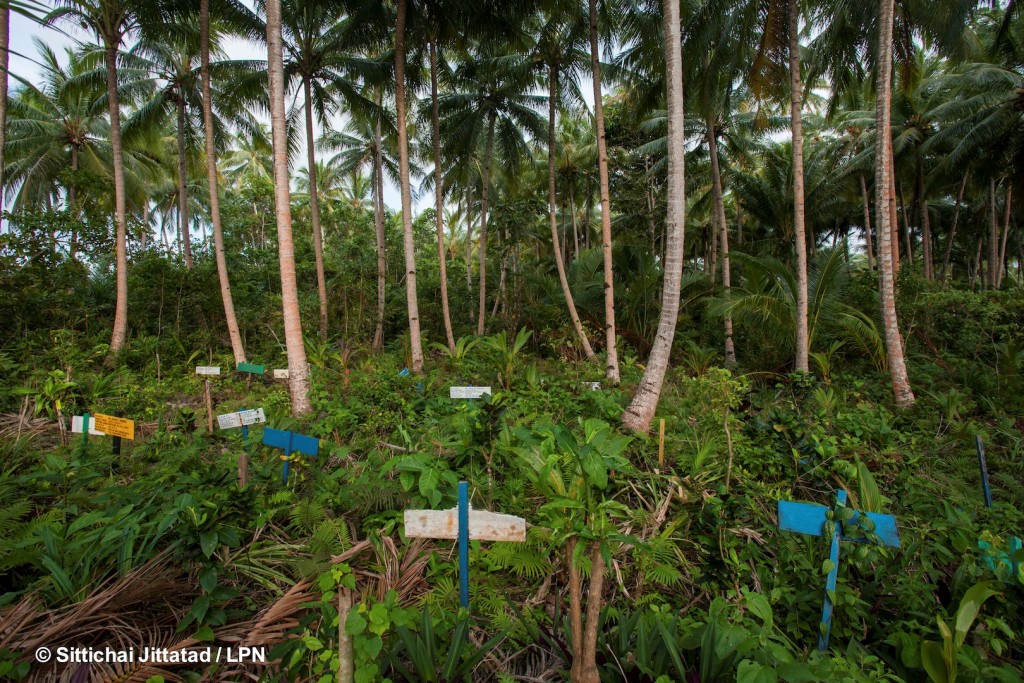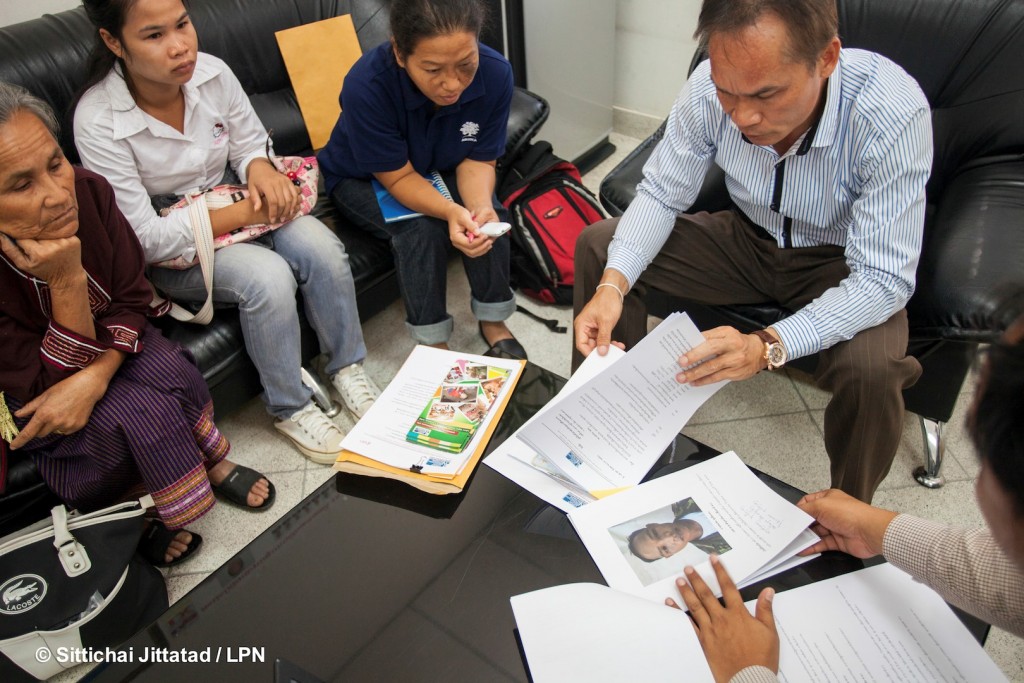October 4, 2016 — Known for its long whip-like tail, the threatened Thresher shark is among a number of marine species given extra protection at the Cites meeting.
Devil rays and Silky sharks have also been given additional safeguards.
These shark species have seen huge population falls over the past decades, due to the demands of the shark fin trade.
Devil rays are valued for the gill plates which are used in Chinese medicine.
Campaigners believe the safeguards under Cites will make a real difference to these species survival.
Few sharks protected
It’s estimated that around 100 million sharks of all types are killed in commercial fisheries – with their fins often destined for markets in China and Hong Kong.
Despite the scale of the fishing, there are just eight species given some protection under the Convention on International Trade in Endangered Species (Cites).
At the previous Cites meeting in Thailand in 2013, hammerhead, oceanic whitetip and porbeagle sharks were added to Appendix II as well as all species of manta rays.
Appendix II means that trade is allowed but it has to be shown to be sustainable.

